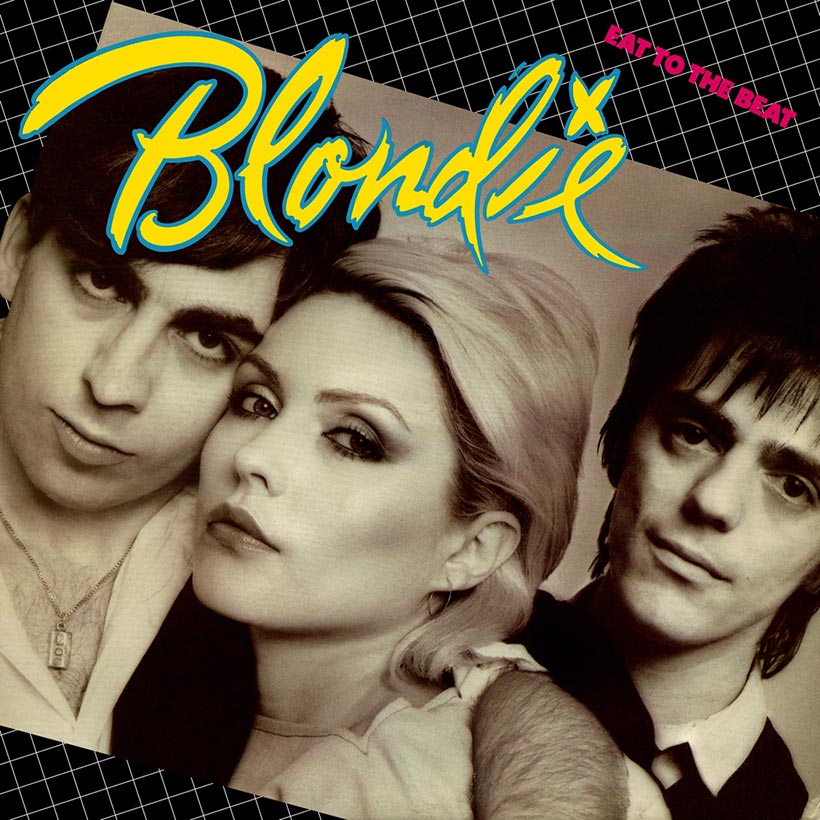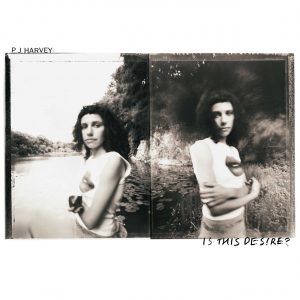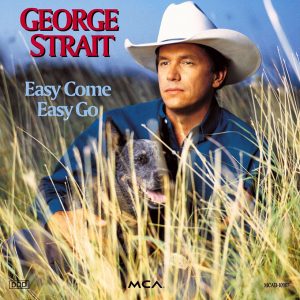With the all-conquering Parallel Lines taking Blondie to the Top 10 in the US and comfortably topping the charts in the UK, Debbie Harry and Co. were no longer the gritty punk upstarts that recorded “X Offender” – they were pop behemoths with a knack for turning out hooks at the drop of a hat. With producer Mike Chapman on hand to help fashion their new songs into radio-friendly anthems, it’s no surprise that Parallel Lines’ follow-up, Eat To The Beat, became the group’s second UK chart-topper, hitting No. 1 on October 13, 1979, after its release earlier that month.
Listen to Eat To The Beat on Apple Music and Spotify.
With their pop credentials firmly established, Blondie entered the studio ready to prove they could turn their hand to anything. Yet for all its stylistic carousing, Eat To The Beat provides a uniform listen thanks to the way it soundtracks a fantasy New York City of yellow taxis, wasted decadence, and bright-lights hunger with an exotic chic that, naturally, appealed to the group’s eagerly awaiting UK fanbase. Taking a cue from the ferocity of the group’s earliest outings, the title track is a sharp slice of Blondie’s patented pop-punk, while the likes of “Union City Blue” conjures the sort of romantic yearning you only ever get from finding yourself adrift in a city where anything can happen.
Switching styles with ease, opener “Dreaming” found the group at their most unashamedly bombastic, before offering a masterclass in street-smart punk-funk strutting, courtesy of “The Hardest Part.” Elsewhere, Eat To The Beat saw Blondie make their first notable foray into reggae, with “Die Young Stay Pretty” nodding towards “The Tide Is High” (which would top the charts on both sides of the Atlantic in 1980), while the hedonistic rush of “Atomic” was a perfectly calibrated export of New York City’s disco scene.
Often overlooked in favor of its big-hitting predecessor, Eat To The Beat had more bite than people remember, and went platinum in both the US and the UK. With the group at their most ambitious, they also created a promo video for each of the album’s 12 songs, further cementing the album as an unofficial Big Apple soundtrack while creating the world’s first video album in the process.




